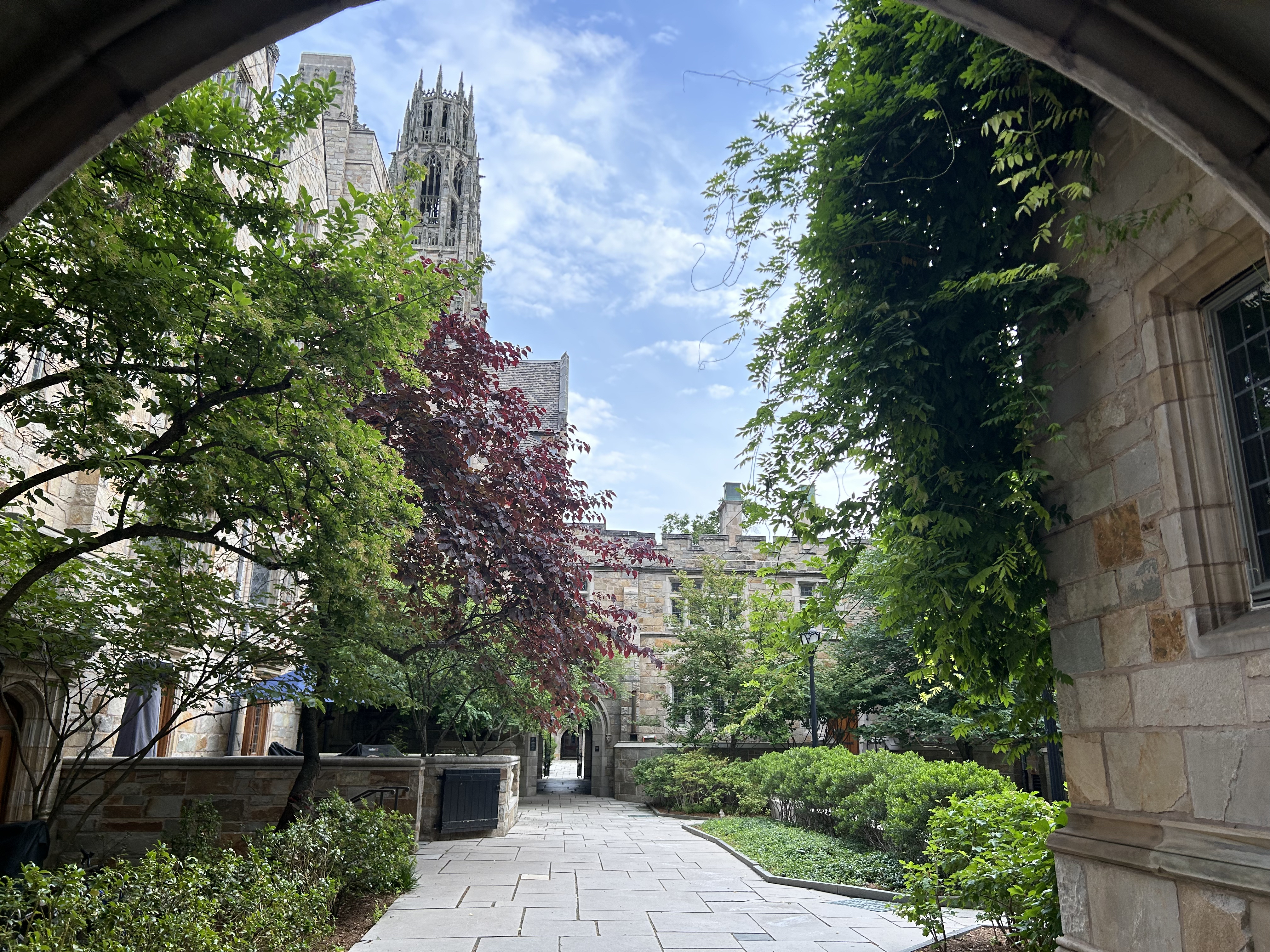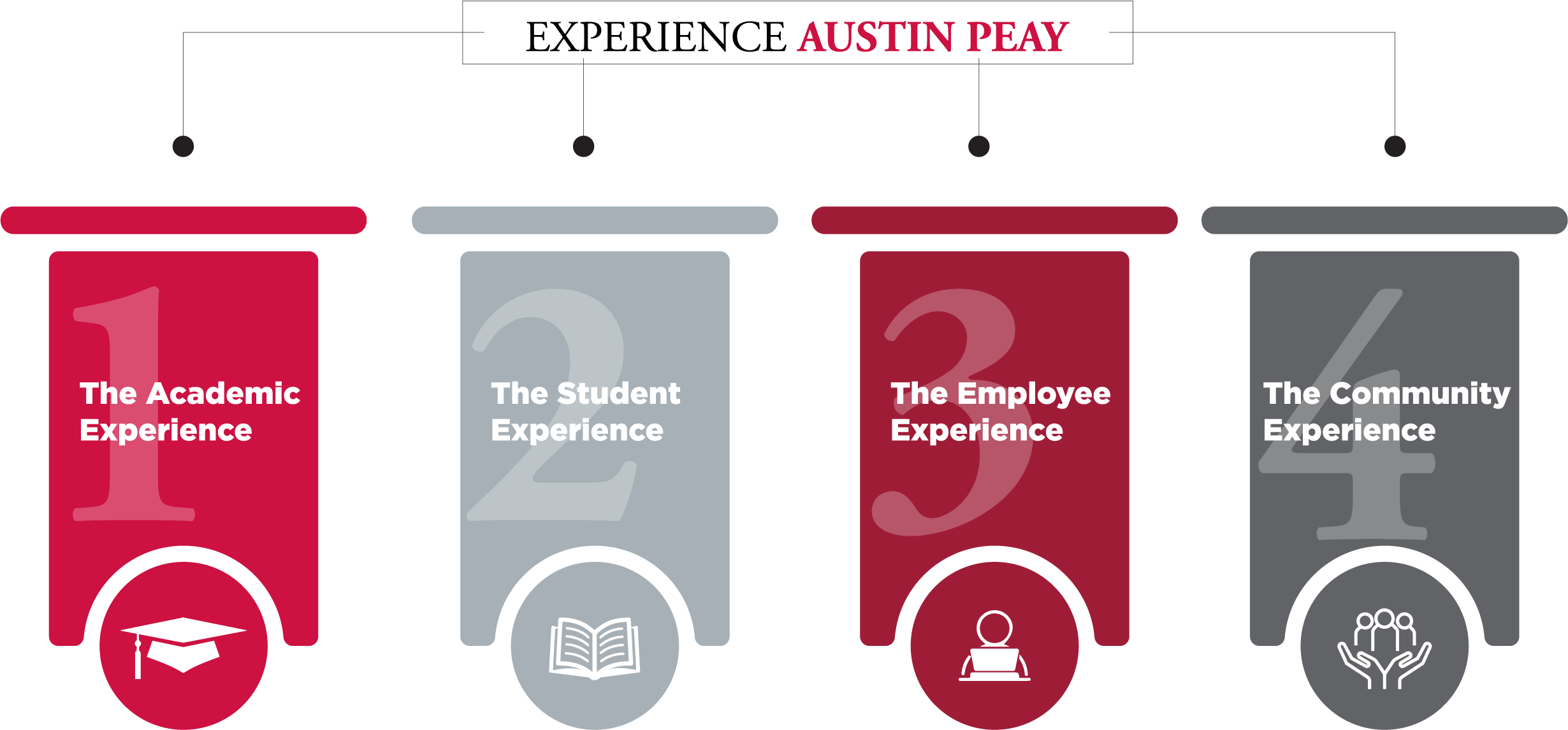Austin Peay grad student brings new genetic analysis tools from Yale to Tennessee
By: Colby Wilson November 9, 2023

Photo: Saybrook College Courtyard
CLARKSVILLE, Tenn. — Hannah Alloway is going from student to teacher, thanks to her experience at Yale.
Alloway, a biology graduate student, spent two weeks this summer in New Haven learning double digest restriction-site associated DNA sequencing (ddRADseq) to further her research on freshwater darters, which are colorful, small, bottom-dwelling fishes found in freshwater rivers and streams of North America. She will teach the techniques taught to her by the graduate students and professors at Yale to Austin Peay faculty and students to further their understanding of this new cutting-edge method of examining genetic variations in organisms.
The work was consuming and the days long—Alloway said it was a lot of information each day, requiring hours of inputting chemicals into samples and ample study away from the lab to understand the concepts behind the science. The graduate students at Yale were her primary guides to understanding and applying the skills and were both patient and thorough in being certain she had all the knowledge and technical understanding required to do the work herself and help others learn when she brought the concepts back to Clarksville.
“It was a really, really great experience,” she said. “Probably one of the best things I’ve ever done, and I’m really excited to bring these methods back to Austin Peay. It's a little intimidating, the thought of teaching these skills to my advisor and other faculty and students, when I'm still trying to understand these tools myself and how they fit into the broad world of genetics and evolutionary research. But I'm so excited about where the addition of these contemporary and powerful methods will take our lab: they will enhance our ability to study population genetics, how darters are related to one another, and even allow us to recognize new, undescribed species —there’s a lot of undescribed diversity in freshwater fishes, so there will be some really cool discoveries coming out of the lab in the future.”
The freshwater darters that Alloway studies are an integral part of the ecosystem in rivers and streams across the southeastern United States. Changes to their habitats caused by human activity, like the construction of dams and pollution, can be highly detrimental to their survival. By analyzing the genetic diversity of darter populations using techniques like ddRADseq, Alloway hopes to identify distinct lineages or even entirely new species that have yet to be discovered. Documenting this biodiversity is crucial for understanding how to protect these fish as their habitats change.
According to Alloway, preserving biodiversity is tightly linked to human health and well-being. The health of local freshwater ecosystems serves as an indicator of the health of human populations nearby. Safeguarding waterways and the diverse species within them is, therefore, essential for maintaining the welfare of the entire connected ecosystem.
Alloway is motivated by a desire to conserve natural diversity across the world. She explains, "We can't assess how a distinct form is faring in the face of human-driven change if we don't know it's distinct in the first place. By documenting the diversity we have, we can better understand how to help our natural systems survive the changes coming their way."
Alloway's trip gave her new skills in the lab and a chance to live and study alongside some of the nation's brightest minds at Yale. With the help of Dr. Rebecca Blanton Johansen and the Center of Excellence for Field Biology, which provided funding for the trip, Alloway also immersed herself in local culture, including tasting the famous New Haven-style pizza and exploring the extended and expansive libraries at the Yale campus and a local festival, to give her a well-rounded Yale experience.
But all roads always pointed back to the lab and the research and, eventually, back to Clarksville.
"You can read about something all day long and fail to fully grasp it," Alloway said. "But having the knowledge from reading, coupled with practical hands-on experience, really makes a difference in my ability to now go teach this technique to others. Being able to bring this method into the lab for myself and others to use that's where the value is. That's what will allow students to ask more questions and make new discoveries."
Alloway is clearly passionate about her research and its potential impacts. She sees her work as part of a bigger picture of preserving biodiversity and protecting ecosystem health. By bringing cutting-edge techniques like ddRADseq back to her home institution, Alloway is helping to train the next generation of conservation biologists. Her infectious enthusiasm for genetics, fish ecology, and stream ecosystems demonstrates how scientific research can be an incredibly meaningful vocation when it connects to issues that matter on a personal level.
